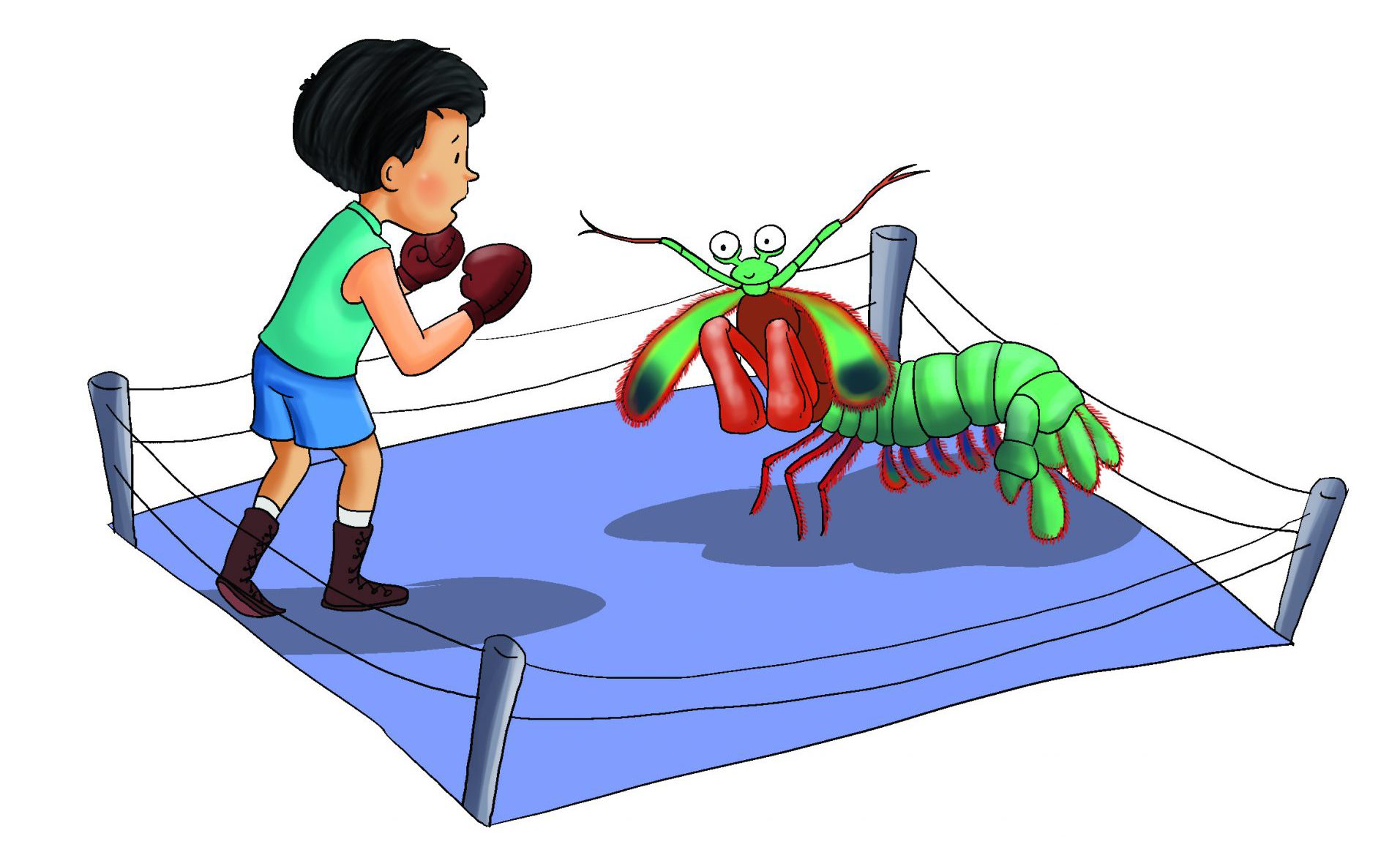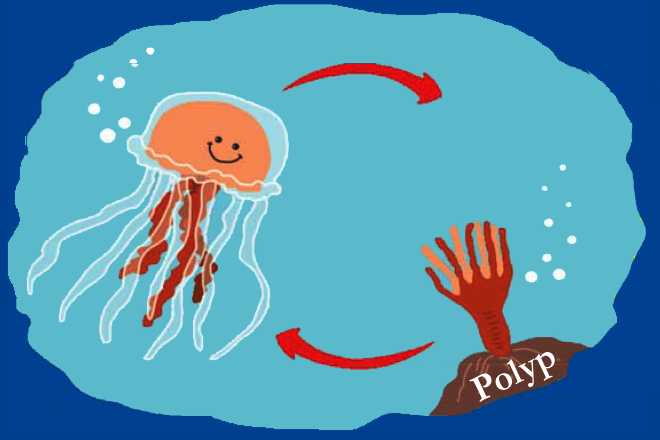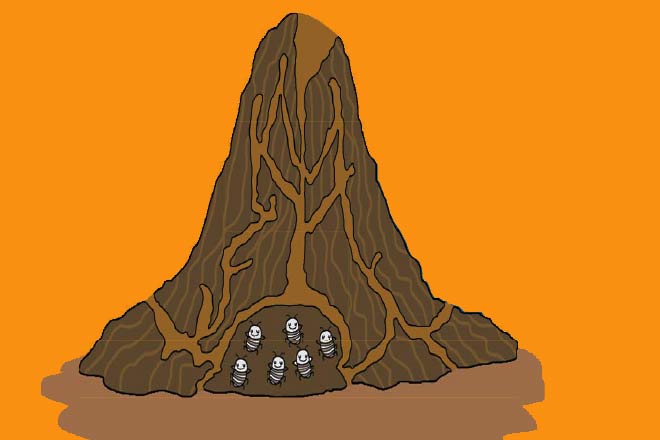Humans train for years at throwing punches to become good boxers. However, Mantis shrimps have a naturally powerful punch.
Mantis shrimps are found in the shallow waters of the Indian and Pacific oceans. They are very colourful and their size ranges from two to seven inches. They are crustaceans, which means that they are animals with a hard outer shell.
Mantis shrimps can throw the fastest punches in the world. They use their powerful punch to hunt for preys. Their punches can break through crab shells and walls of fish tanks as well.
Their bodies have adapted to throw fast punches. When their upper arms contract, their body’s energy gets stored in a small saddle- shaped part in their body. This acts like a spring that has been compressed. All this energy is released at once, leading the lower arm ahead quickly. Each punch produces small flashes of light, upon impact. These small flashes occur because their claw moves so fast that it lowers the pressure of the water in front of it, causing it to boil.
A Peacock Mantis shrimp’s punches are as fast as a bullet.









